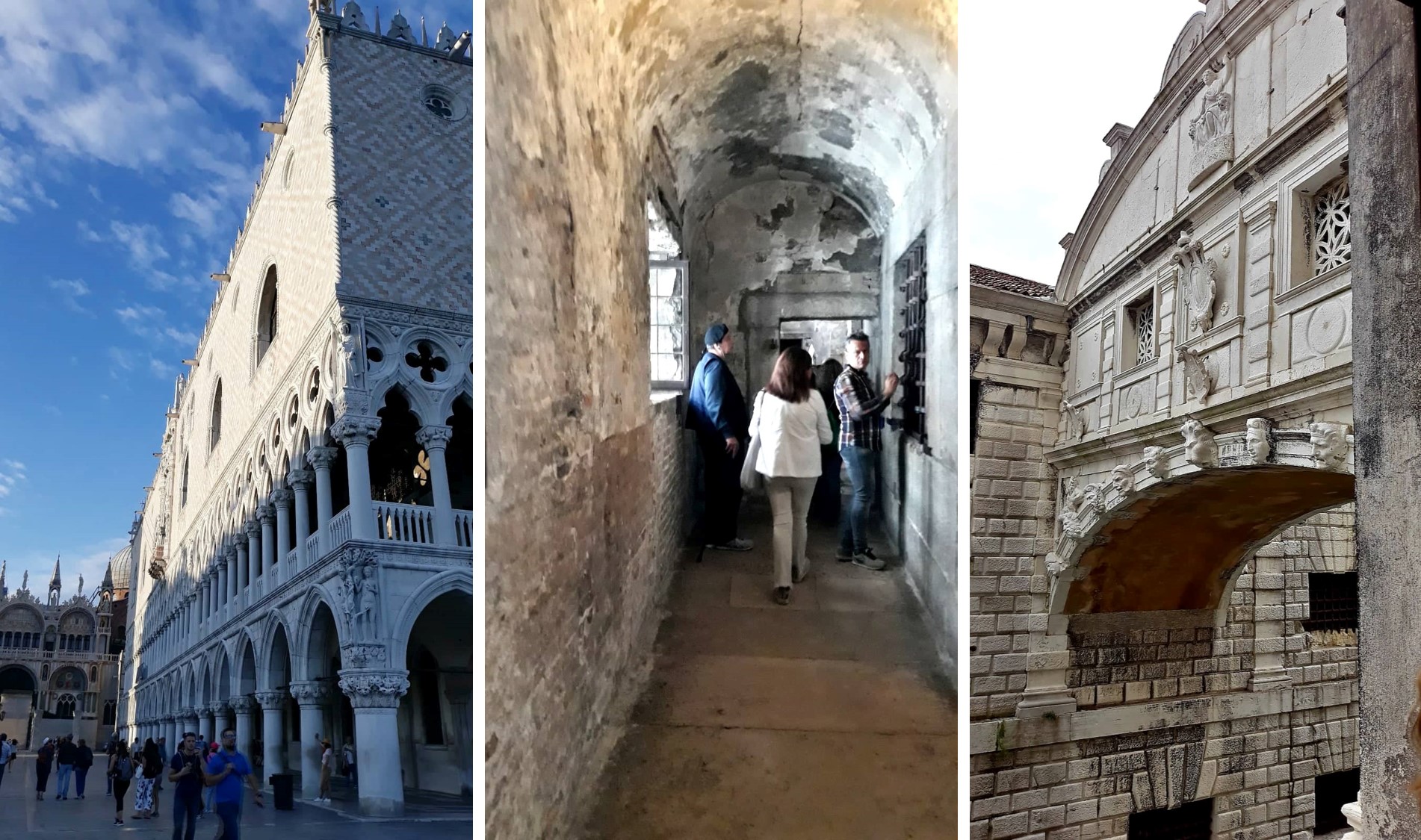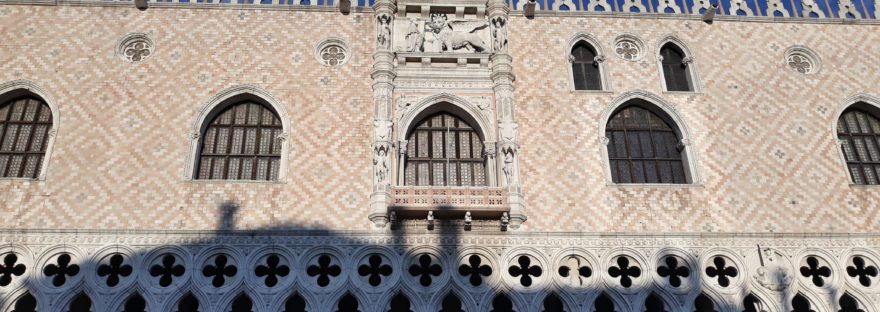The Republic of Venice was a sovereign and independent state for more than 1,000 years, which ended in the 18th century. The main responsible leader and supreme magistrate of this Republic was the “Dux”, chosen for life by the aristocratic families of Venice. The Ducal Palace was the residence of this elected official. It is comparable today with the “White House,” Buckingham Palace and other official residences of rulers and leaders around the world.
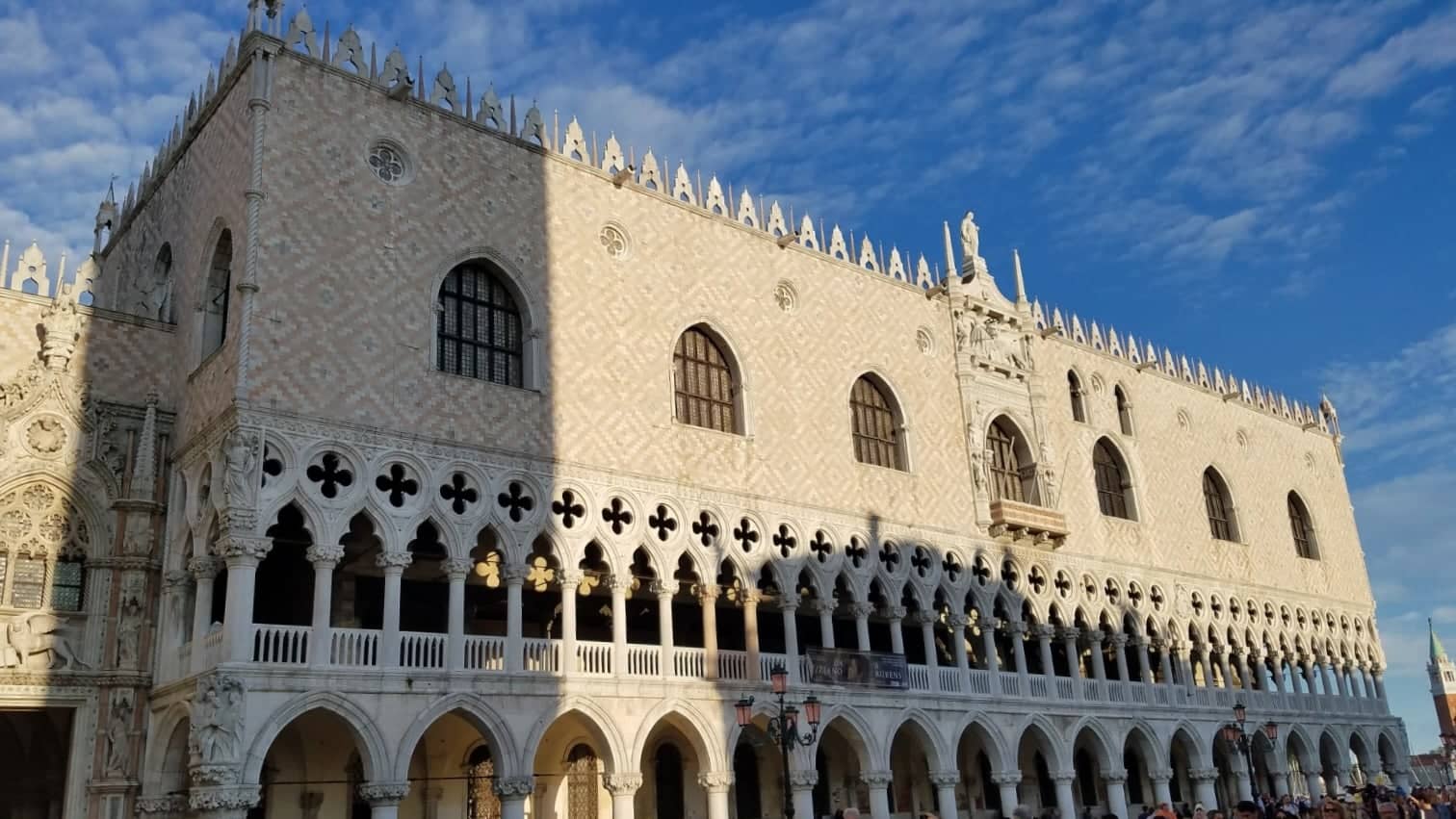
The Venetian Gothic style remains predominant in this Doge’s Palace despite being subject to constant reconstructions throughout the centuries. The first Doge’s Palace was built during the 9th century inside the Rialto, but was destroyed by a fire in the 10th century. Then, the palace was transferred to its current location, in front of the San Marcos basin or lagoon and next to the town square or square. Over time, multiple fires would partially destroy the palace and would have to be rebuilt again.
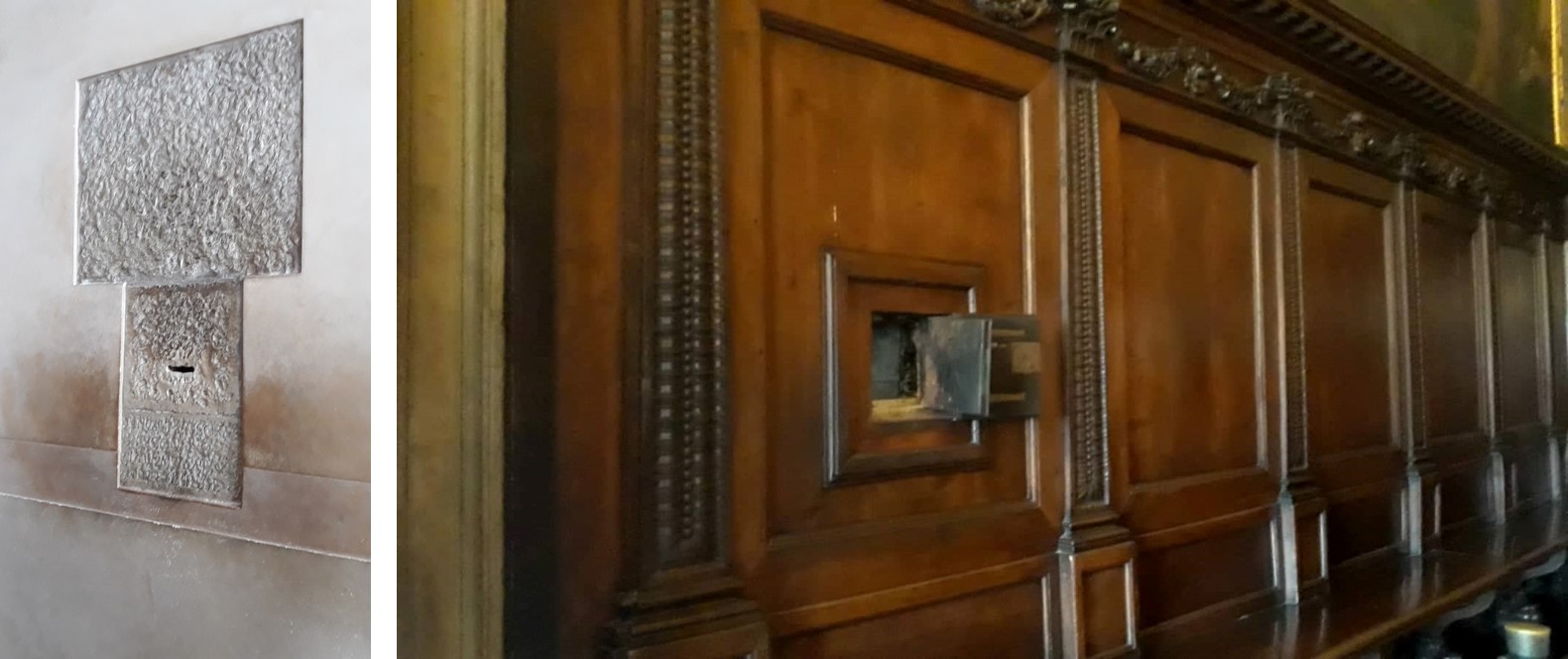
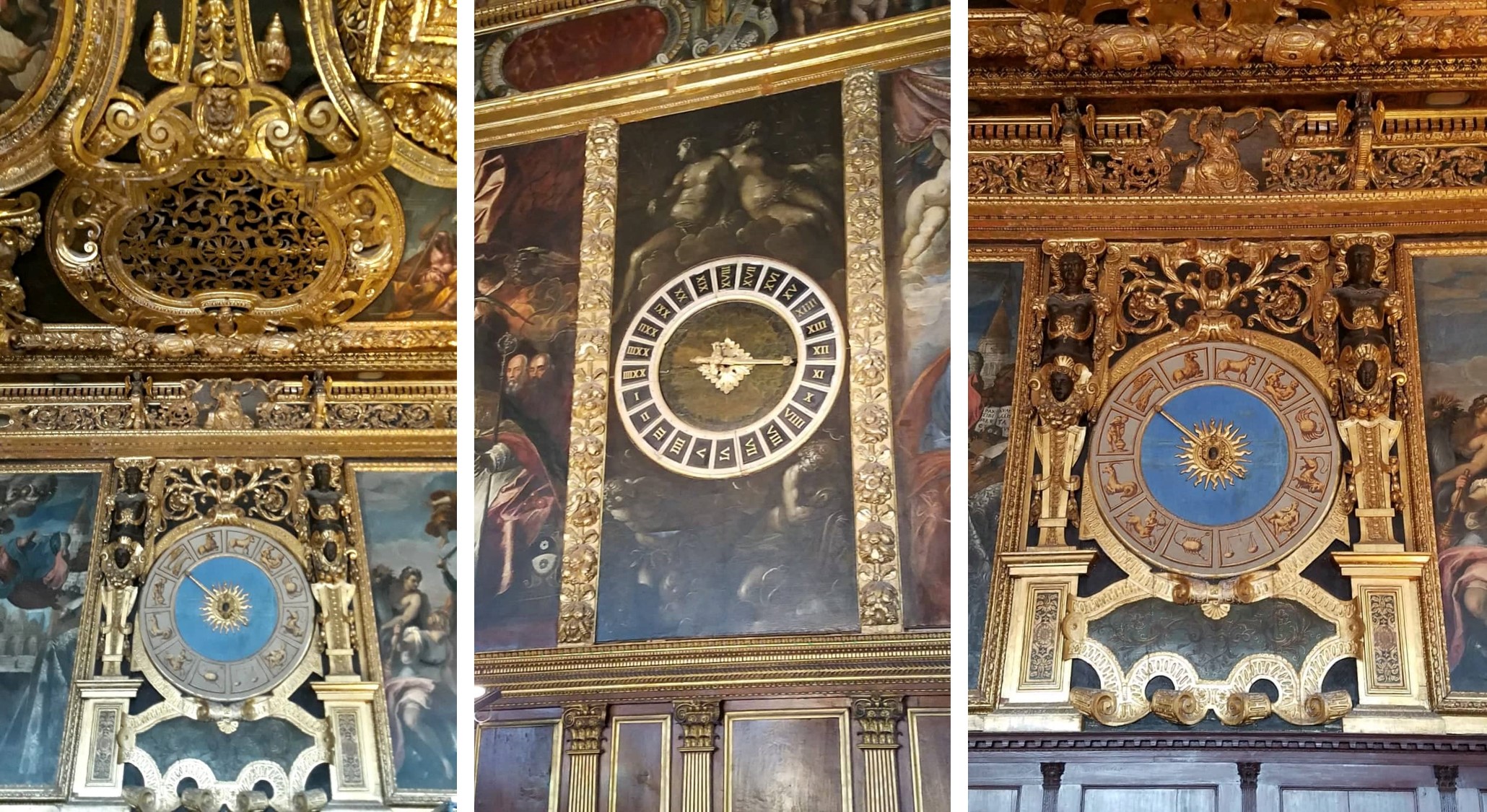
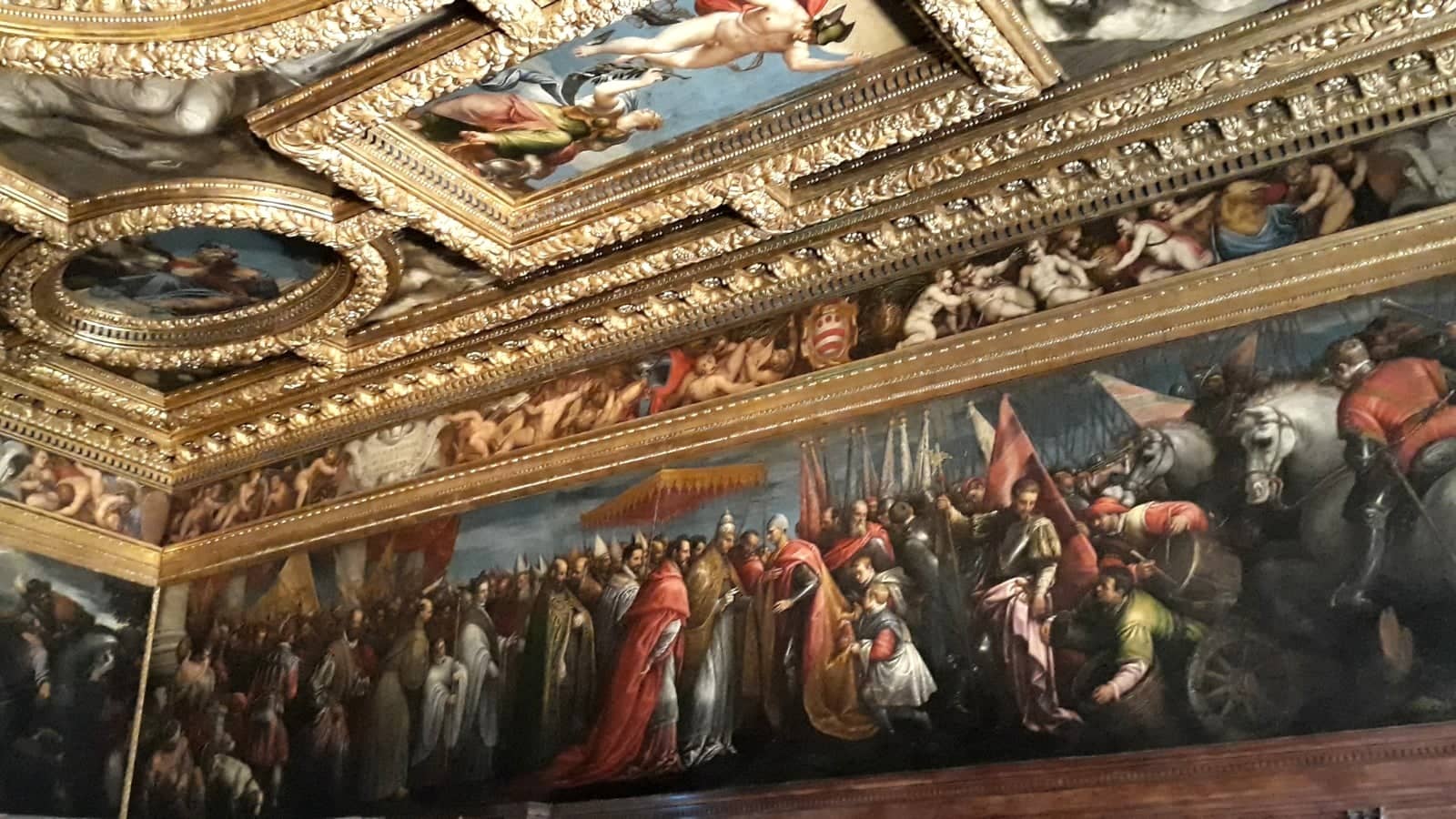
The structure has its own courtyard, in addition to housing the Doge’s house and the chambers or institutional rooms for official affairs of the Republic. The “Piombi” or old prison, was at the bottom of the Doge’s Palace.
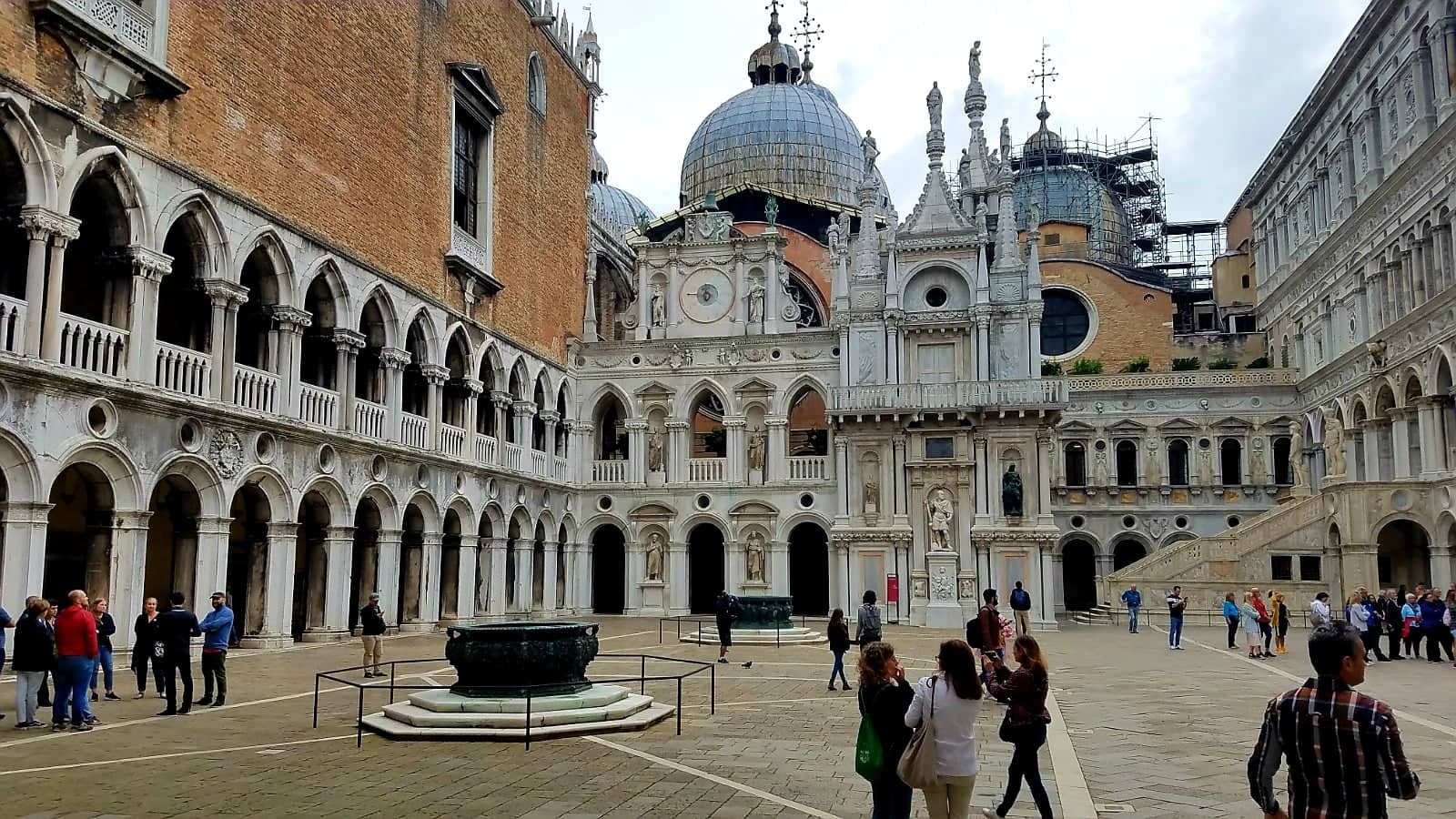
The Ducal Palace was interconnected with the Ducal Chapel, today known as the Basilica of San Marcos and to our surprise, with the new prison. Access to the new prison is through the “Bridge of Sighs”, built in 1614. The bridge receives this name from prisoners who, knowing that they would never get their freedom, would have their last vision of the city from this bridge. , hence the sigh.
